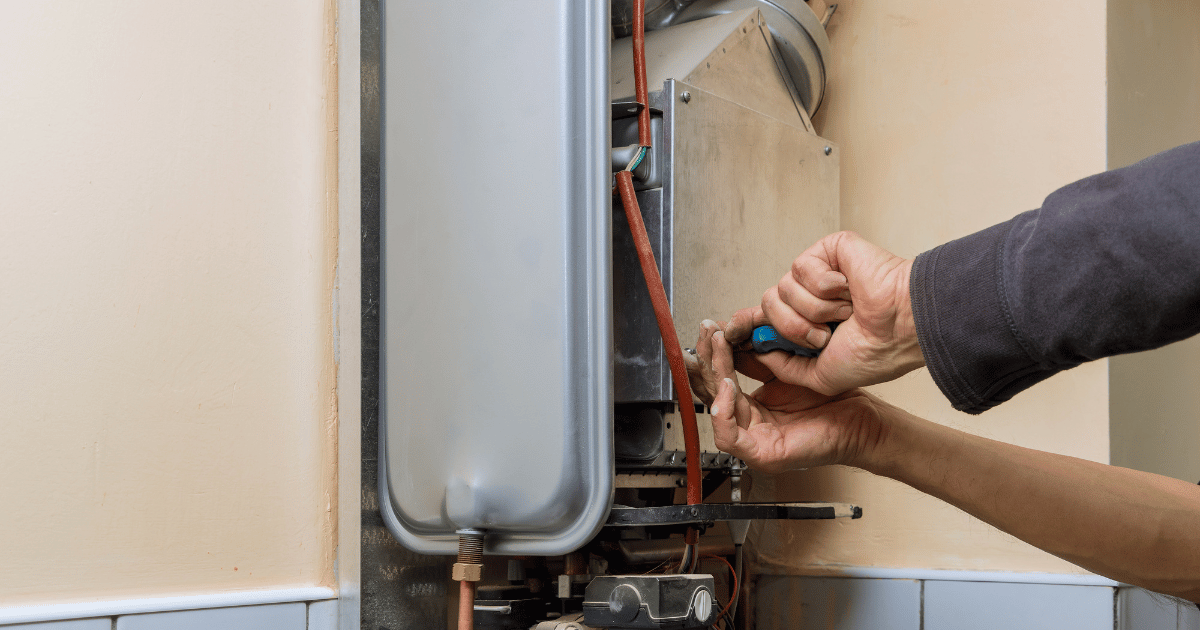How to Maintain Your Home's Hot Water System Functioning Well
How to Maintain Your Home's Hot Water System Functioning Well
Blog Article
Just about everyone seems to have their own unique theory with regards to Water Heater Maintenance Tips You Can't Afford to Forget.

Hot water is vital for day-to-day convenience, whether it's for a revitalizing shower or cleaning recipes. To guarantee your warm water system runs successfully and lasts much longer, regular upkeep is key. This post offers useful ideas and insights on exactly how to preserve your home's hot water system to avoid disruptions and expensive repair work.
Intro
Preserving your home's hot water system might appear challenging, yet with a few basic actions, you can guarantee it runs smoothly for many years to find. This guide covers every little thing from recognizing your warm water system to do it yourself upkeep tips and recognizing when to employ expert assistance.
Relevance of Maintaining Your Warm Water System
Regular upkeep not just prolongs the life-span of your hot water system yet likewise ensures it runs efficiently. Disregarding maintenance can bring about reduced efficiency, higher power expenses, and also premature failure of the system.
Indicators Your Warm Water System Needs Upkeep
Knowing when your hot water system requires focus can avoid significant problems. Keep an eye out for signs such as inconsistent water temperature level, weird noises from the heating unit, or rusty water.
Comprehending Your Warm Water System
Prior to diving into maintenance tasks, it's handy to understand the standard components of your hot water system. Normally, this consists of the hot water heater itself, pipes, anode rods, and temperature level controls.
Month-to-month Upkeep Tasks
Regular monthly checks can assist capture small concerns before they escalate.
Flushing the Water Heater
Purging your hot water heater gets rid of debris build-up, improving effectiveness and extending its life.
Monitoring and Changing Anode Rods
Anode poles stop deterioration inside the tank. Examining and replacing them when worn out is important.
Checking and Changing Temperature Level Settings
Readjusting the temperature level setups ensures optimal performance and safety.
DIY Tips for Maintenance
You can perform several maintenance tasks on your own to keep your hot water system in leading problem.
Looking for Leakages
On a regular basis check pipelines and links for leakages, as these can bring about water damages and greater expenses.
Evaluating Pressure Relief Valves
Testing the stress safety valve guarantees it works properly and avoids excessive stress buildup.
Insulating Pipelines
Protecting hot water pipes lowers warmth loss and can conserve energy.
When to Call a Professional
While DIY maintenance is advantageous, some issues require professional experience.
Complex Issues Requiring Specialist Assistance
Examples consist of major leakages, electrical troubles, or if your hot water heater is regularly underperforming.
Routine Specialist Maintenance Conveniences
Specialist upkeep can include detailed assessments, tune-ups, and guaranteeing compliance with security standards.
Conclusion
Normal maintenance of your home's warm water system is important for performance, durability, and cost financial savings. By complying with these tips and understanding when to seek expert aid, you can make sure a dependable supply of hot water without unforeseen disruptions.
How to Maintain an Instant Hot Water Heater
Before tinkering with your hot water heater, make sure that it’s not powered on. You also have to turn off the main circuit breaker and shut off the main gas line to prevent accidents. Also turn off the water valves connected to your unit to prevent water from flowing into and out of the appliance. 2. When you’re done, you have to detach the purge valves’ caps. These look like the letter “T†and are situated on either side of the water valves. Doing so will release any pressure that has accumulated inside the valves while at the same time avoid hot water from shooting out and burning your skin. 3. When the purge valves’ caps are removed, you have to connect your hosing lines to the valves. Your unit should have come with three hoses but if it didn’t, you can purchase these things from any hardware or home repair shops. You can also get them from retail stores that sell water heating systems. Read the user’s manual and follow it to complete this task properly. When the hosing lines are connected, open the purge port’s valves. 4. You should never use harsh chemical cleaners or solutions when cleaning your unit. Make use of white vinegar instead. It should be undiluted and you’ll probably use about 2 gallons. 5. Now flush your water heater. This task should probably take about 40 minutes. We can’t give you specific directions for this because the procedure is carried out depending on the type, model and brand of your heater. With that being said, refer to the user’s manual. 6. When you’re done draining the unit, you have to turn off the purge port valves again. Remove the hosing lines that you earlier installed on each of the water valves. Put the valve caps (purge port) back in their respective places and be very careful so as not to damage the rubber discs that are found inside these caps. 7. Now that everything’s back in place, check your user’s manual again to find out how to reactivate your water heating system. 8. Once it is working, turn one of your hot water faucets on just to let air pass through the heater’s water supply pipes. Leave the tap on until water flows smoothly out of it. https://www.orrplumbing.com/blog/2014/september/how-to-maintain-an-instant-hot-water-heater/

I was shown that editorial about Tips For Maintaining Your Hot Water Heater through a pal on our other web page. Do you know another person who is curious about the subject? Take a moment to promote it. Thanks so much for taking the time to read it.
View Website Report this page